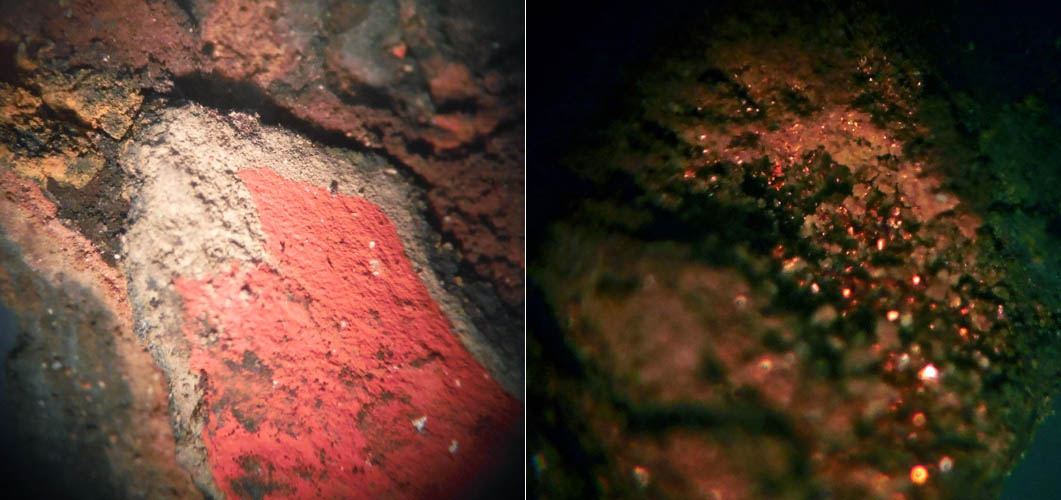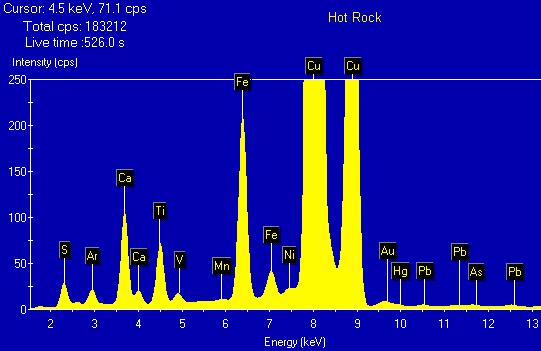30/9
0200-0500
Isolated Beach
No action shots again - I'm a shocker for getting too involved in swinging and forgetting that I'm carrying a camera. Apologies.
Unfortunately weather and other commitments have postponed the Main Event I had planned to finish off the 30 days. It'll happen.
Anyway, this one was to an older beach with no road or foot access.
Took the day off to maximise the big tides and remove any pressure to get to work afterwards.
Had pick of the litter for a parking bay at that time of the morning, and didn't take long to get on the water.

30 minutes of moonlit paddling across glassy water saw the kayak nose onto the muddy shingle beach, I leapt out and retrieved the detector etc from within the bowels of my trusty vessel and by the light of the silvery moon, started swinging away.
Plenty of pull tabs from Party Central over the water quickly made life tedious although there were enough interesting finds.
I followed the tide down, working along the edge as the water went away and the mud came in.
First up was a dollar coin, then a couple of old 20c over the next 15 minutes. First decent find came in the shape of a very old and tatty young Victoria penny. I could make out the head and Britannia in the moonlight, but nothing else is discernible and the rot is very advanced. Novelty value only.

Tucked in amongst the rocks at one end, I lifted a selection of rifle cartidges and shotty end caps, and at the other end of the bay, I picked up pieces of what I assume to be the bullets from same.
The .303's proved interesting, still the bog-standard Melbourne CAC headstamp, but these are Mk6, introduced 1904 and also have the C stamp which means they were cordite rather than nitro-cellulose. Which puts them as being manufactured between 1904 and 1912 (when Cordite phased out)
Shotgun caps, I've never paid much heed to. The fact that these were in a duck-free spot, coupled with the dating of the .303's forced me to look a little closer.
The poorer one is from Nobel, Glasgow. Haven't been able to get much more than that off the web.
The better condition cap was easy thanks to the Turtlefoot Headstamp Project. This UMC Co. cap dates approximately 1895-1902, although he implies this date range is based on circumstantial evidence and I would suggest that it is likely that it actually dates to the same period as the .303's

Small brass pot, but no apparent way to open it, which someone obviously solved by whacking a screwdriver into the cap. Now this was something I'd also seen in my grandfathers shed with grease tins. Seems to be a small grease tin manufactured by Mobiloil. As far as I can gauge, Mobil switched from the gargoyle to the current Pegasus in the 1930's. Why such a small volume (maybe 30ml), and why no apparent way to open without a small burglars kit, I don't know. If anyone knows what it is, I'd appreciate a heads up, it vexes me so....

Lots of odd-shaped bits of non-ferrous, but threw them all in the pouch for a clean and sort later.

That wee copper nail on the 20cent drove me NUTS trying to pick it in the gloom with sand/shell all the same size and colouring.
This'll probably be the last hunt for the 30 day trial, been fun trying to find a few different angles.
As mentioned at the start, there's still a mini adventure to come, more National Geographic than Indiana Jones.Hope to borrow a GoPro for that one.
Unfortunately the weather hasn't behaved on the weekends recently.
Hope you had fun - I did.
MW









